What's in your garden?
As many of you will be aware the Big Garden Birdwatch is just around the corner. You don't need to be an expert to take part, and you don't have to spend lots of money learning how to identify the birds - a guide to the commoner birds of your garden is right here.
For further information and online resources to help you with your birdwatch, visit the RSPB website www.rspb.org.uk/birdwatch where an online survey form will be available from the weekend of Big Garden Birdwatch until 19th February 2007.
The commoner birds in your garden
House Sparrow
In last year's Big Garden Birdwatch there were an average of 4.4 birds per garden. Although they are a familiar bird for most of us numbers have declined by over 50% since 1979. More often than not these birds can be found in small groups in your garden, usually hogging the bird feeder!
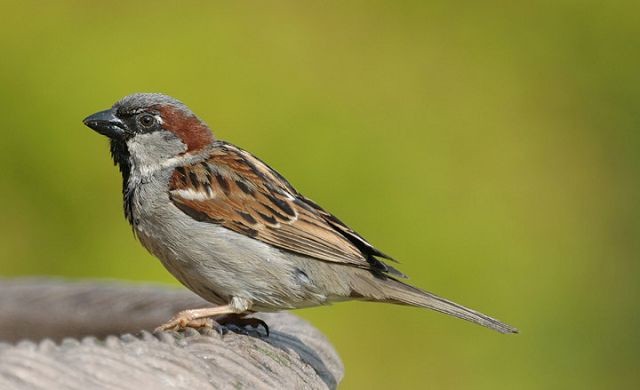
House Sparrow: Males are surprisingly attractive when you have a good look at them. A stocky bird with large head and stout bill. They have a grey crown, with chestnut-brown sides, greyish cheeks and a black bib. The back is reddish-brown with black streaks. The breast and belly are grey (photo: John Dickenson).
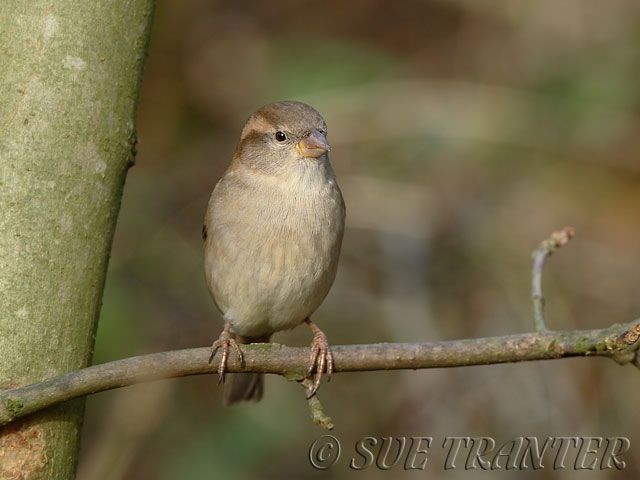
House Sparrow: Females are quite nondescript things. They are brownish with black streaks on the upperparts and buffy underparts. The most obvious feature is a pale supercilium behind the eye (photo: Sue Tranter).
Starling
In last year's survey there was an average of 3.6 birds per garden. However, this is another species that has declined, with numbers down by 76% since 1979.
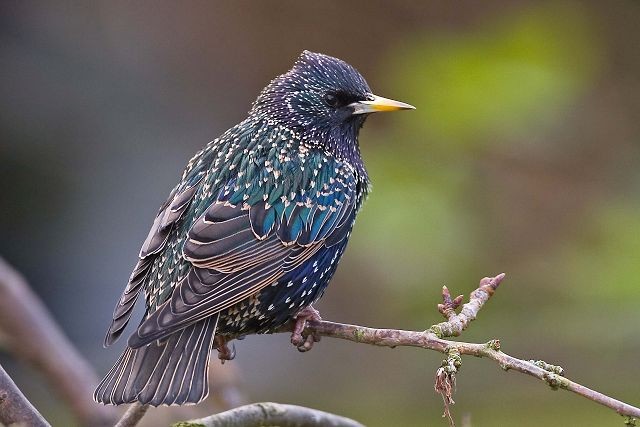
Starling: Generally appearing black, at close quarters they are a strikingly attractive species with a glossy plumage covered in white and buff spots (photo: Garth Peacock).

Starling: In winter our numbers are swelled by migrants from northern Europe. At their roosts huge numbers can present a fantastic spectacle (photo: Jamie Cooper).
Blackbird
In last year's survey there was an average of 3 birds per garden.

Blackbird: The male is black with a yellow bill and yellow eye-ring. Unlike Starlings, flocks of Blackbirds are not found in our gardens. Another feature to look for is the long tail which is often held upright (photo: Sue Tranter).
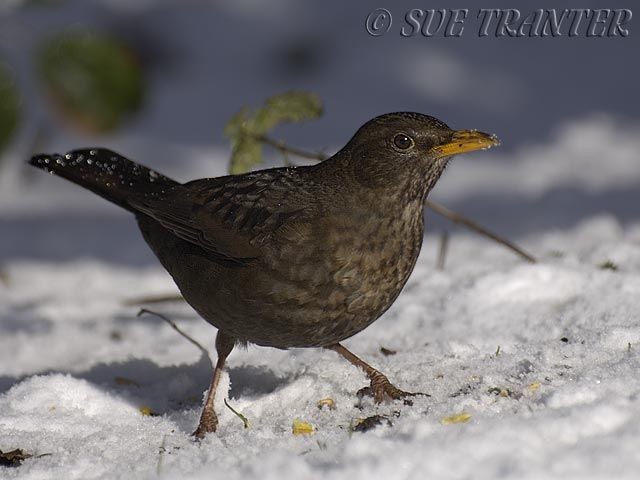
Blackbird: The female is sooty-brown with a paler throat and mottled breast (photo: Sue Tranter).
Blue Tit
A familiar visitor to our feeders, in last year's survey this acrobatic inhabitant numbered an average of 2.7 birds per garden.
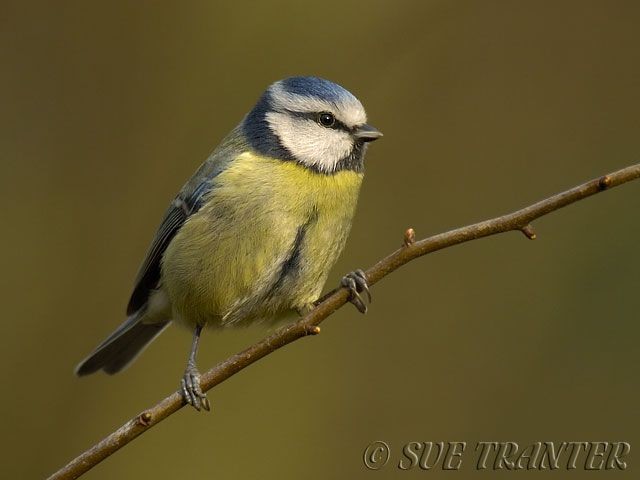
Blue Tit: A small lively bird, with a sky blue cap and black eye-stripe, white cheeks and yellow underparts (photo: Sue Tranter).
Chaffinch
There were an average of 2 birds per garden for this attractive finch in last year's survey. In winter, our resident birds are supplemented by migrants from Scandinavia and Northern Europe.
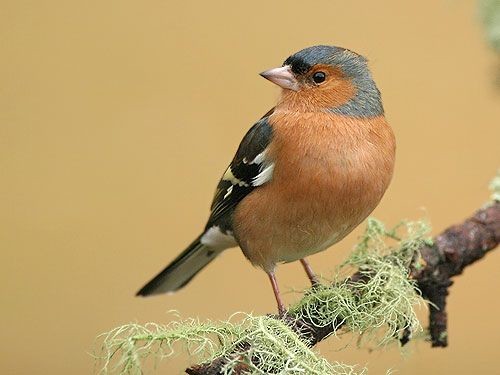
Chaffinch: The male has a rusty-red breast and sides to the head with a bluish-grey crown and nape. The upperparts are reddish-brown, but the most obvious feature are the two white wing bars (photo: Steve Round).

Chaffinch: The female is much drabber, being greyish-green above and greyish-white below. Note the presence of those wing bars (photo: John Dickenson).
Woodpigeon
The largest of the pigeons in the UK; in last year's survey there were an average of 1.4 birds per garden.

Woodpigeon: On the ground this large pigeon looks awkward. The head is small and grey, with a greyish back and pinkish breast. The most obvious feature is the white neck patch (photo: Sue Tranter).

Woodpigeon: The flight is strong and powerful and there is a distinctive white transverse band on each wing (photo: Richard Bedford).
Greenfinch
In last year's survey this attractive finch presented an average of 1.7 birds per garden. A popular bird of nut feeders, it is a beautiful species to have in your garden.

Greenfinch: Males are an attractive green bird with yellow patches on the wings and base of the tail. The bill is stout and pale-coloured (photo: Peter Simpson).
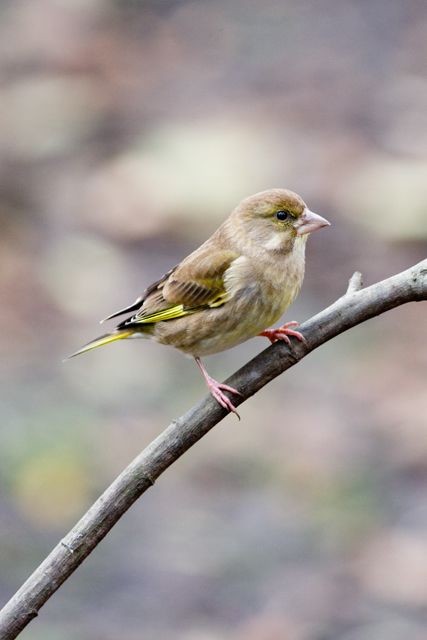
Greenfinch: Females are drabber, being browner on the upperparts and with greyish underparts. There is the possibility of confusion with House Sparrows, but in flight the yellow on the wings and tail aids identification (photo: Neil Atkinson).
Collared Dove
It's very easy to forget that this recent colonist did not set foot on British soil until 1952 and bred for the first time in England in 1955! In little over half a century it has gone from rarity to familiar garden bird, a true success story.
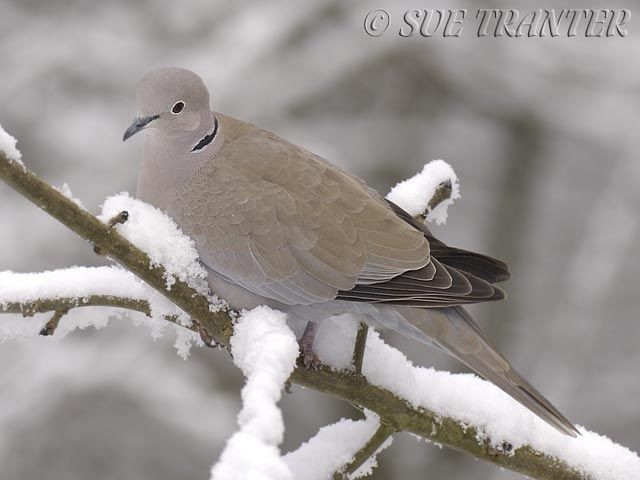
Collared Dove: An elongated buff-coloured dove with a thin, black, half-collar (photo: Sue Tranter).

Collared Dove: The tail is long with white outer tail feathers (photo: Colin Fielding).
Great Tit
The larger, more boisterous, relative of the Blue Tit. A striking bird, and one which many of us take for granted, there were an average of 1.4 birds per garden in last year's survey.

Great Tit: Bright yellow underparts with a black central band along the breast, plus blue-black head and obvious white cheek patches (photo: Jon Dickenson).
Robin
A species with which few of us could fail to be familiar with. There were an average of 1.4 birds per garden in last year's survey.
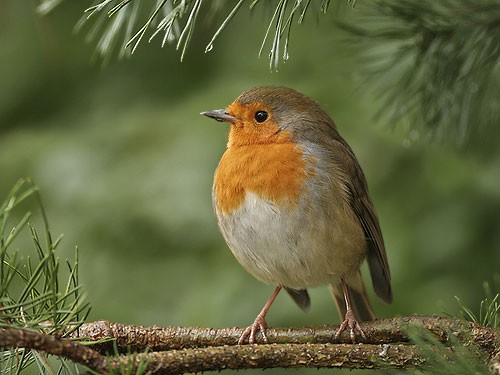
Robin: At this time of year all birds have reddish-orange breasts, so there is little with which to confuse this popular bird (photo: Steve Round).
What else to look out for
Dunnock
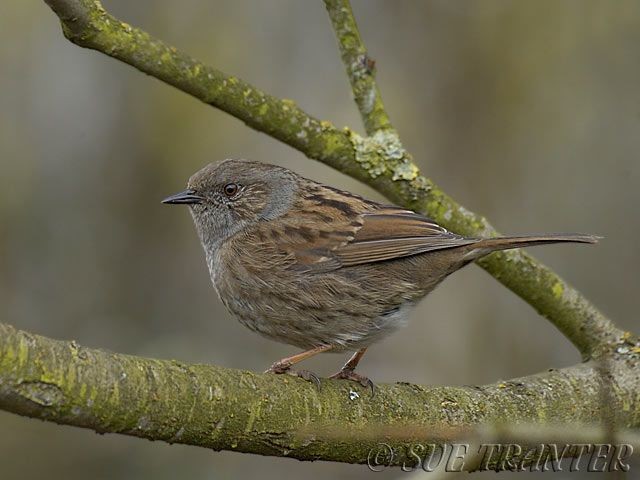
Dunnock: An unobtrusive species, similar to House Sparrow, but with a blue-grey head and breast and a thin bill (photo: Sue Tranter).
Tree Sparrow

Tree Sparrow: A much more attractive version of the House Sparrow, from which it differs by the reddish-brown crown, black cheek patch and white head sides and neck-collar (photo: Sean Grey).
Goldfinch

Goldfinch:A striking head pattern of red, white and black makes for an unmistakable species. In flight features to look for are the yellow wing-bar and white rump (photo: Steve Round).
Bullfinch
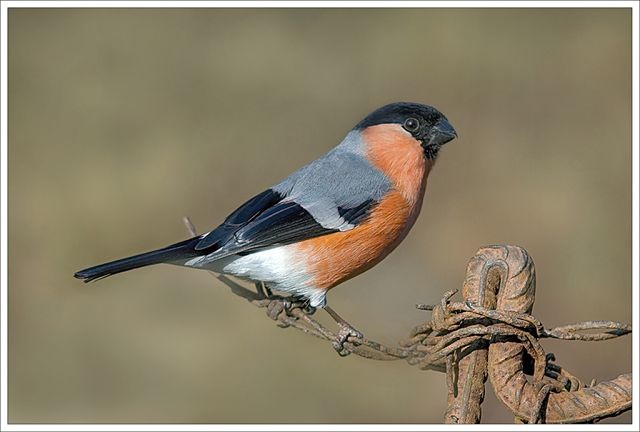
Bullfinch: With its rounded proportions, pink underparts and beautiful grey upperparts the male Bullfinch is an attractive garden visitor. In flight both the male and female have a white rump (photo: Tony Wharton).

Bullfinch: The greyish-buff female, although much drabber, is still an attractive species. Look for the broad white wing bar and, as for the male, the obvious white rump (photo: Sue Tranter).
Siskin

Siskin: A small finch, this attractive species can often be found on nut-baskets, inviting confusion with Greenfinch. The male has a black bib and crown. Note also the streaks on the underparts and a yellow rump, tail-base and wing-bar in flight (photo: John Robinson).

Siskin: The female is a much more streaky affair, with well marked underparts. It differs from Greenfinch by the rather obvious wing pattern and pale rump (photo: Kev Joynes).
Song Thrush

Song Thrush: A shy inhabitant of our gardens, this small thrush is similar to the larger Mistle Thrush. Differences include warmer brown upperparts and rump, yellowish-buff base to the breast colour and look for the shape of the spots on the underparts - arrowhead shaped, rather than rounded. In flight the tail is short, lacking white corners, and the underwing is rusty-buff in colour (photo: Sue Tranter).
Mistle Thrush

Mistle Thrush: Larger than Song Thrush, with paler upperparts with a slightly paler rump. The spots on the underparts are rounded and there is a darker patch at the breast sides. The head shows a pale vertical cheek patch. In flight the tail is long with white corners and the underwing appears very pale (photo: Steve Round).
Coal Tit

Coal Tit: A small bird and one that normally spends only the briefest amount of time at the feeder, sneaking in to 'steal' a morsel! The most obvious feature is a white nape patch on an otherwise black and white head. The underparts are greyish-buff, rather than yellow, and on the upperparts there are two narrow white wing-bars (photo: John Robinson).
Long-tailed Tit

Long-tailed Tit: A small species, most of which appears to be made up of that exceptionally long tail. A sociable species, they tend to move through in small parties, here one minute, gone the next! (photo: Dean Eades).
Wren

Wren: A very small reddish-brown species with a short neck. The short tail is often held upright (photo: Garth Peacock).
Carrion Crow

Carrion Crow: All black in colour, and told from Rook at this time of year by the lack of bare skin at the bill base. If you get close views then the bill is blunter and the head shape differs too, with Carrion lacking the peaked crown of the Rook (photo: Richard Bedford).
Rook

Rook: Readily identified by the bare greyish-white skin at the base of the bill and the lack of feathering on the bill base. Also look for the peaked crown and pointed bill (photo: Fraser Simpson).
Jackdaw

Jackdaw: A small 'crow', at close range the greyish-white eye stands out, as do the paler sides to the neck and nape. A comical species to watch as they confidently strut around (photo: Mike Atkinson).
Magpie

Magpie: A distinctive species, and one that is implanted in our minds at a young age. From a distance they appear black and white, but close up the plumage is an attractive mixture of a metallic bluish-green gloss (photo: Richard Bedford).
Jay

Jay: A striking member of the crow family, and one which is unlikely to be confused with anything else in your garden. In flight the most obvious feature is a striking white rump. At rest the plumage appears pinkish and there is a blue panel in the wing (photo: Steve Round).

